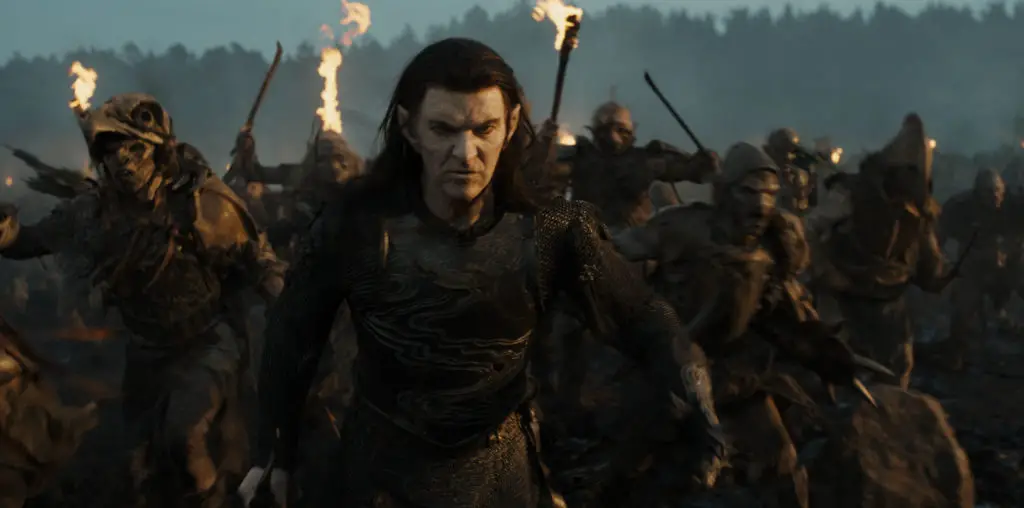
It’s The Weather Channel on the big screen! Actually, this interesting and (melo)dramatic, if unfocused documentary about the freakish 1991 Halloween “storm of the century” which raged in the North Atlantic was produced for The History Channel. While this makes it an odd choice for a film festival — I suspect a local connection with Austin-based writer Jesse Sublett — tales about a really pissed off Mother Nature are almost always compelling. Monte Markham’s film starts with a guided tour of various killer hurricanes from the past century. From the 1900 Galveston hurricane which left some 6,000 dead, through the only recorded Category 5 storm which struck the Florida Keys in 1935, and on into such modern day monsters as Andrew and Hugo, “The Killer Storm” provides us with context aplenty to show what made the 1991 storm so uniquely dangerous. The film also gives a thorough overview of the nation’s storm prediction infrastructure, as well as the various elements, such as the U.S. Coast Guard and the Air Force National Guard, involved in storm-related search and rescue operations. While this adequately sets the stage to examine the disaster boiling over the Grand Banks, it also points up the crippling flaw in this nonetheless educational film: this is really two films rolled up in one. “The Killer Storm” wonderfully explains how the gargantuan 1,500 mile-wide collision between hurricane Grace and two other weather systems, with its resulting 175 mph winds and 100 foot waves(!), essentially produced an unprecedented hurricane-sized Noreaster which perversely struck from the east, catching unwary fishermen and a skeptical, sun-drenched New England population completely by surprise. This alone, told as engagingly as it is here, would make a fascinating documentary. Yet, half way into this compelling story, the film shifts gears and details two separate life and death high seas rescue efforts undertaken during the storm. Again, these are gripping accounts on their own, though the overly melodramatic narration and some of the dramatic recreations border on the cheesy. The problem with “The Killer Storm” is that the sum of these two stories, when combined, is significantly less compelling than each individual story is in its own right. The human element is obviously important. If the storm blew itself out in the middle of the Atlantic, no one would really care. Yet sometimes, Mother Nature does something so extraordinary, that it’s best to do exactly what you’d do when a storm is coming: get out of her way and let her do her thing. Then when she’s done, we can return and tell our harrowing tales of survival. This is one of those times.
